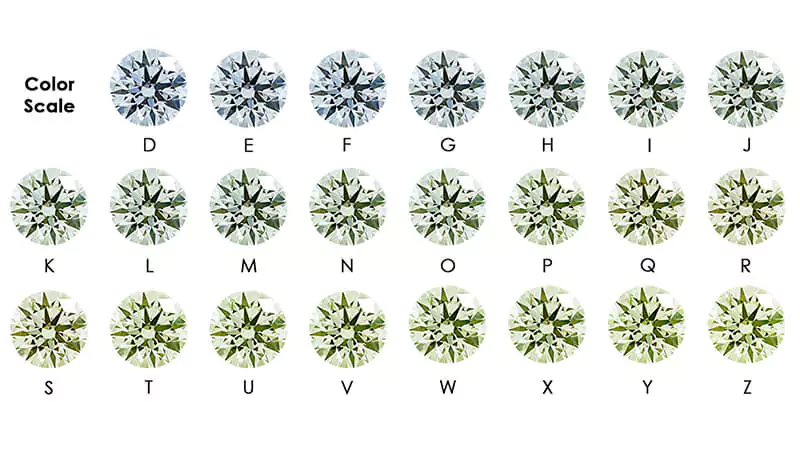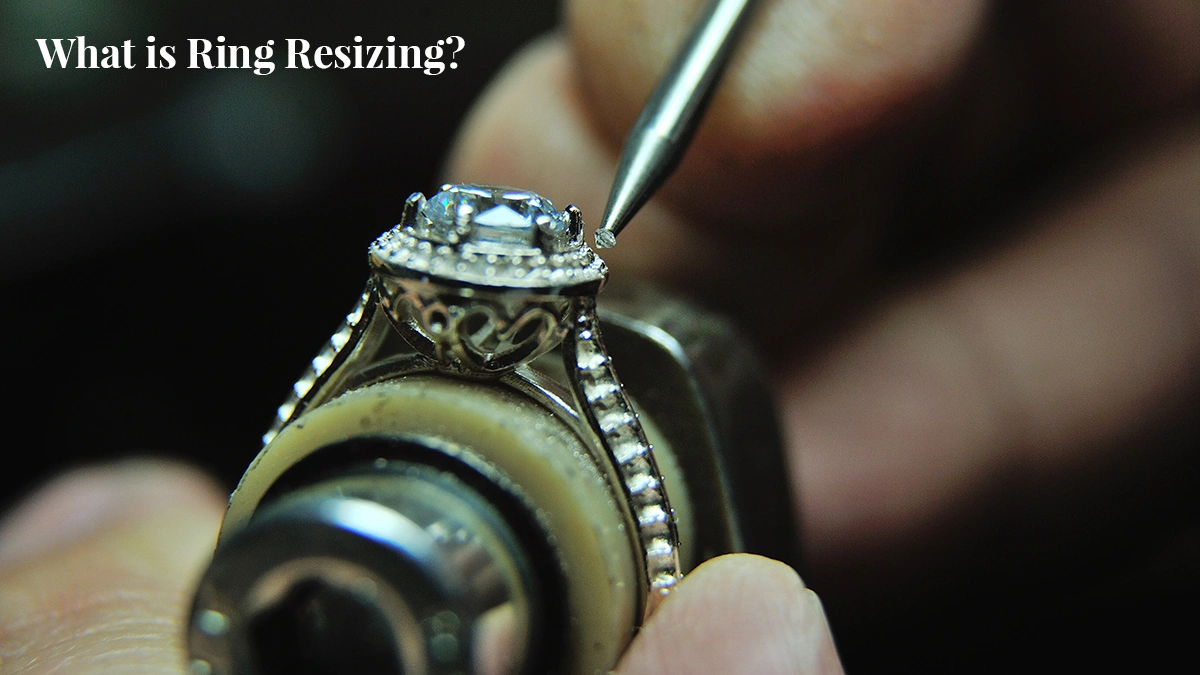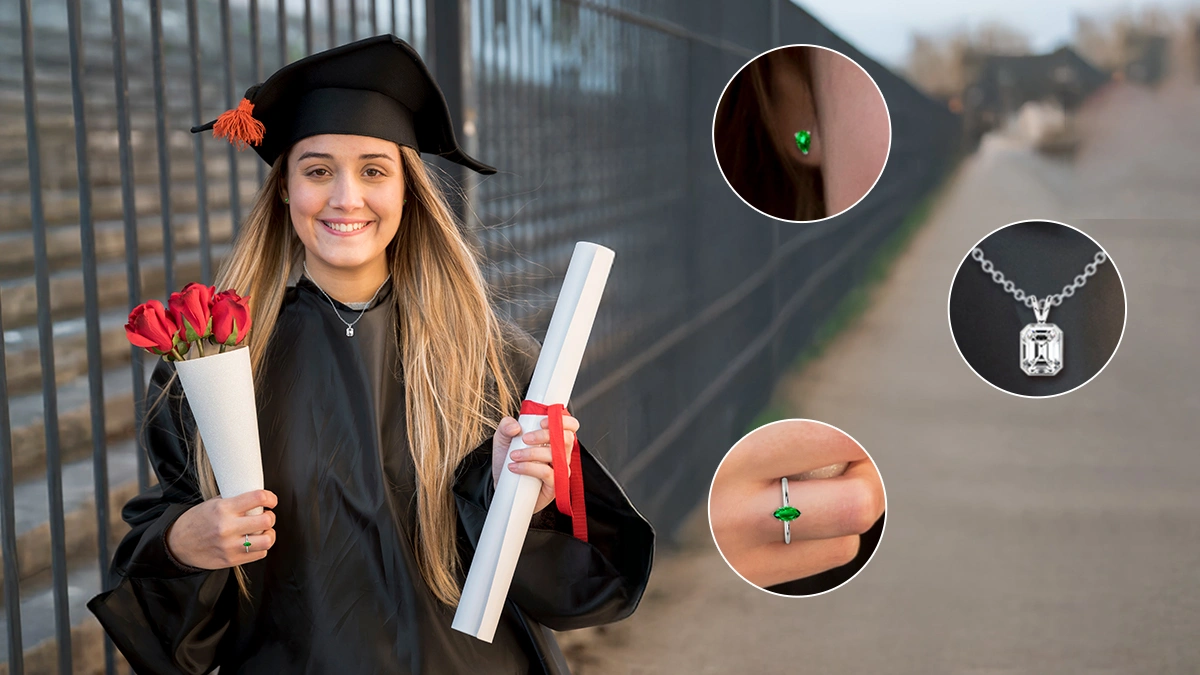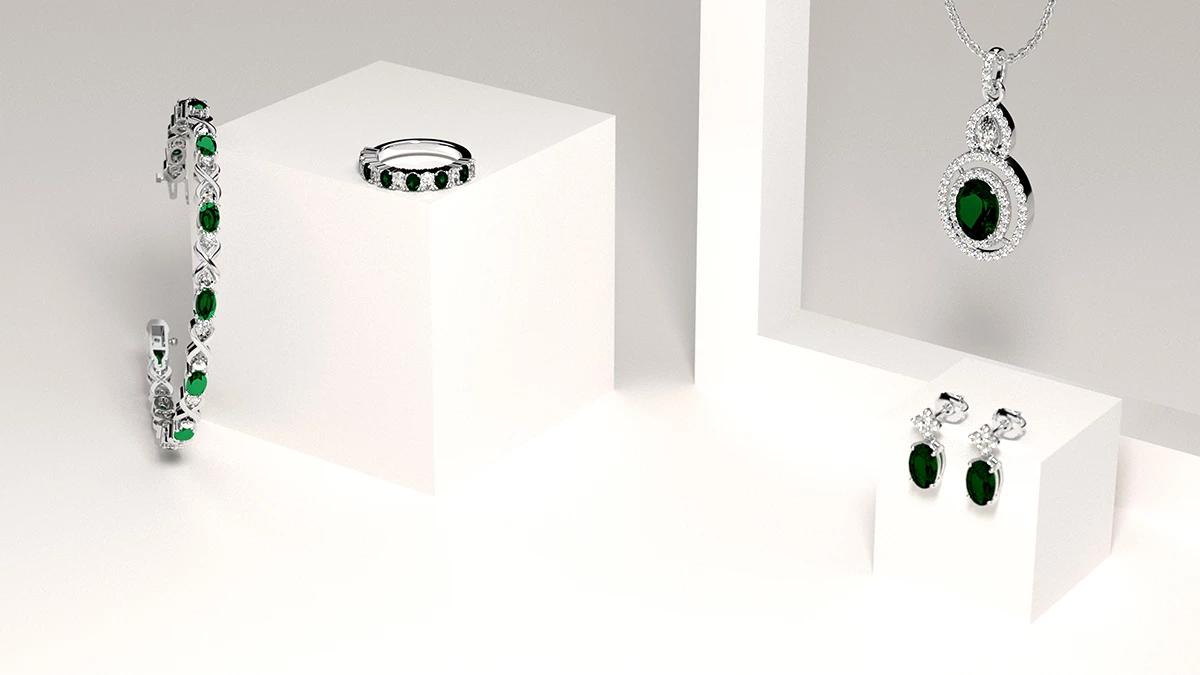The heart
The engagement day is one of the most important days of your life and brings an ocean of emotions that fills your heart with happiness and joy. It’s the celebration of your love, togetherness, and all those precious little moments that brought you one step closer to each other. To best mark this milestone of your life, you find yourself caught up in two minds as regards the heart of your proposal, a diamond engagement ring.
Shopping for your diamond engagement ring can be daunting if not arduous. You’re constantly surfing the internet for the latest engagement ring trends, voguish settings, prominent jewelers and whatnot. But nothing’s making any sense, right? Well, quite frankly, engagement rings aren’t what they used to be.
Same old, same old
With changing times, the age-old traditional designs have also become modern. And the world nowadays is ever so full of passionate designers trying to make a name for themselves through their fresh takes on jewelry designs. But changing times can never change the essence of an engagement ring, it’ll always be the same old, same old.
Rather than blindly following the trends, what you really should be doing is focus on bringing your imagination to life. Everyone in their life, at some point, has dreamt about what their engagement ring will look like. All you need to do is picture your version of an engagement ring that speaks volumes about your love story, and then start designing the ring. As far as inspiration goes, we have you covered with this extensive diamond engagement ring guide.
The tricky part
Let’s get on with the tricky part first. The best way to set the ball rolling is by diving into the 4Cs of your diamond centerstone. These are Color, Clarity, Cut & Carat Weight. Also known as the quality and grading factors, the 4Cs have always been at the forefront when it comes to finalizing the centerstone of a ring. Understanding the 4Cs of your diamond is crucial if you don’t want to settle for anything else other than the stone of your dreams.

Color
A diamond is graded on the widely accepted color grading system, the D-to-Z color-grading scale of the Gemological Institute of America (GIA). The scale comprises every color range of diamond – from colorless (with no hue, just like a tiny drop of pure water) to light yellow or brown – beginning with the letter D, which represents colorless diamond, and ending with the letter Z, which denotes a light yellow or brown-colored diamond.
The presence of the color on the scale starts increasing as you move along the alphabet, however, the subtlety of the color distinctions is so precise that an untrained eye can’t possibly notice the color changes. Because colorless diamonds are rarer than colored ones, even the slightest presence of color substantially affects a diamond’s value.
Must Read: A Guide To Three-stone Engagement Rings
Cut
Diamonds are known for their sparkle. Whenever we think of a diamond, we picture a scintillating stone emitting flashes of light. The ability of a diamond to best exhibit its sparkle depends entirely on the symmetry and perfection of the cut.
The quality of a cut influences not only the diamond’s brilliance, fire and scintillation, but also its ability to transmit light. For a diamond to deliver maximum fire, sparkle and brilliance, its proportions, symmetry and polish need to be topnotch. It all depends on the lapidary’s precise artistry in cutting the diamond which results in its impressive face-up appearance.
The cut of a diamond is often confused with its shape, however, both aspects have different meanings. While the cut of a diamond refers to the arrangement of its different facets, the shape of a diamond, on the other hand, is the outline of a diamond when viewed face up. Some of the best-known shapes include princess, oval, pear, emerald and heart.
Clarity
Because diamonds form deep within the earth’s surface, their formation results in a variety of internal and external flaws known as inclusions and blemishes. One of the major components that determine a diamond’s value is clarity. It refers to the absence of these internal and external flaws in a diamond.
Diamonds that don’t have any inclusions or blemishes are rare and fetch the topmost prices. The clarity of a diamond is evaluated on the basis of the number, type and size of these characteristics when viewed under 10x magnification and how they influence the overall appearance of the stone.
GIA’s clarity grading system includes 11 grades beginning with Flawless and ending with Included. Diamonds graded Flawless on GIA’s Clarity Scale don’t have any visible inclusions or blemishes when viewed under 10x magnification. On the other hand, diamonds falling in the category of Included contain inclusions visible to the unaided eye.
Must Read: How to Drop Hints to Get the Engagement Ring You Adore
Carat Weight
All gemstones, including diamonds, are weighed in carats. One carat is equal to 0.2 grams, and diamonds below a carat are measured on the basis of points; a carat is divided into 100 points. For instance, a 60-point diamond weighs .60 carats. While diamonds that weigh under a carat are stated in points, the weight of diamonds over a carat is usually expressed in carats and decimals.
Two diamonds of equal weight can vary in value based on the other three quality and grading factors – color, clarity and cut.
Understanding the quality and grading factors is also crucial because then you can evaluate which of the 4Cs is more important to you. For instance, if you can’t compromise with the cut of your diamond centerstone, you can spend some extra bucks for the cut while compromising on the remaining Cs without hurting your budget.
The Supporting Actor
Because the idea is to make your engagement ring as special as possible, a well-designed diamond centerstone will need an even more striking setting. The ring setting plays a significant role in exhibiting the brilliance and fire of the centerstone. In fact, the ring setting is just like the supporting actor in a movie, allowing the lead to ride on its coattails while not getting recognition enough for the efforts; no matter how hard you try, deep within your heart, you end up loving the supporting actor more. There was a time when the size of the rock mattered the most, but the tables have turned now.
The setting not only adds to the oomph of the centerstone but also keeps it in place. Although diamond scores 10 on the Mohs scale of hardness, that’s no reason for you to audaciously expose it to the wear and tear of average everyday life. The prong and bezel settings are two of the most favored ring settings for diamond engagement ring. That’s because of the level of protection they offer to a ring’s centerstone.
In the prong ring setting, the centerstone is held in its place by four or six metal prongs. The prongs not only offer the utmost protection to the centerstone but also make sure that its brilliance doesn’t go unnoticed.
The bezel setting is another great option that offers considerable protection to the centerstone by encircling it in the ring’s metal. If you’re thinking of choosing the prong setting, make sure you choose the six-prong setting instead of the four-prong. That’s because of the extra protection the two additional prongs offer to the girdle of the centerstone. On the contrary, if the bezel setting has tickled your fancy, it’s also an excellent choice.
The Lead Actress
If the setting is the supporting actor, the metal has to be the lead actress. Metal, kind of, paints the whole ensemble in its color and grows over the diamond centerstone profoundly. Rose gold, white gold, yellow gold and platinum are some of the most popular metals.
While yellow and rose gold metals are common choices for engagement rings, you can also opt for white gold metal, which happens to be all the rage at present. Having said that, choosing a metal should always be a personal choice and not influenced by what’s in fashion. That’s because you might end up developing a skin allergy after merely choosing a metal based on the trends.
Bridging the gap
Disappointed? Well, you can go for platinum. This metal perfectly bridges the gap between staying in fashion and choosing a metal that is relatively unlikely to cause an allergic reaction. Because platinum is a hypoallergenic metal, it might be the one for you. But still, ascertaining beforehand if you’re allergic to any specific metal can save you from making abrupt appointments with the doctor.
Also Read: Two-stone Engagement Ring: Perfect For The Two Of You
Indeed, it is…
In 1947 a renowned diamond company released this well-known slogan: a diamond is forever. Ever since diamonds became a symbol of forever love and diamond engagement rings gained more popularity. Whether you opt for a classic colorless diamond or a colored one with a vintage-inspired design, your diamond will always be the thing of beauty that it is. Check out the collection of natural & lab-made diamonds at GemsNY and choose your favorite color.








